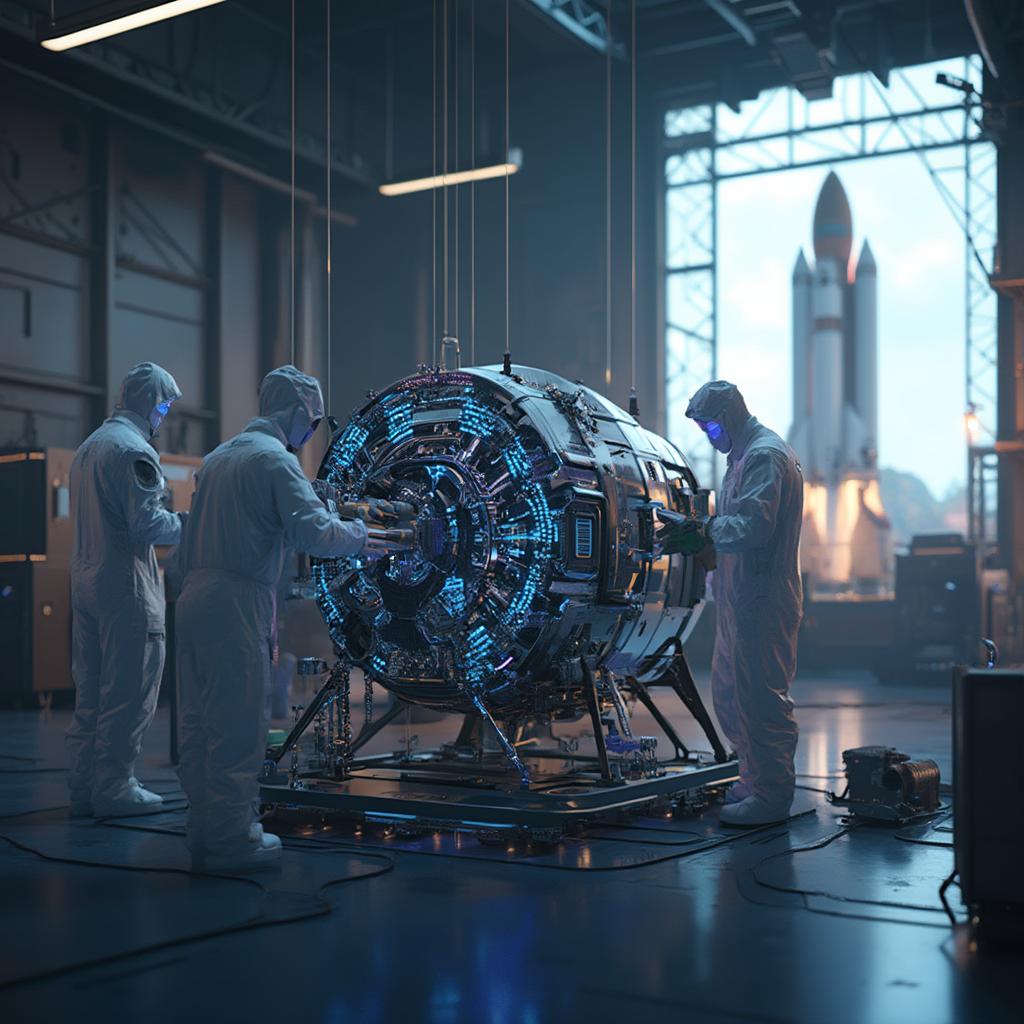
Satellites are expensive—like, really expensive. Traditional models, like those built by Lockheed Martin, can cost between $100 million and $150 million. A big reason? Companies like Lockheed rely heavily on suppliers for parts, driving up the price. But K2, a rising player in the space industry, is shaking things up with a bold new approach.
Instead of outsourcing, K2 is doing most of the work in-house. Take reaction wheels, for example—a key component for steering satellites. While suppliers charge up to $1 million per wheel, K2 has developed its own version for just $35,000. This vertical integration strategy has already cut costs significantly, with about 80% of their satellite production now handled internally.
Now, K2 is taking things to the next level with its "Mega Class" satellite bus. Designed to rival Lockheed’s LM2100, this new model packs 20 kW of power, can carry 1,000 kg of payload, and has the propulsion needed to move between orbits. But here’s the kicker: it’s stackable. Ten of these satellites can fit into a Falcon 9 rocket, and up to 50 could squeeze into SpaceX’s Starship. Best of all, K2 plans to sell each bus for just $15 million—a fraction of the traditional cost.
The U.S. government is already on board. Last month, K2 signed a $60 million contract with the U.S. Space Force to launch its first Mega Class satellite in early 2026. Dubbed the "Gravitas" mission, it will test the satellite’s ability to host experiments and maneuver from low-Earth orbit to middle-Earth orbit.
But K2’s ambitions go beyond government contracts. Founders Krishnan and Neel Kunjur envision their satellites enabling more frequent science missions to other planets. "We looked at NASA’s decadal studies and realized that with current funding, only a handful of those missions would ever happen," Krishnan said. "We decided to tackle one of the big problems: making space exploration more affordable."
